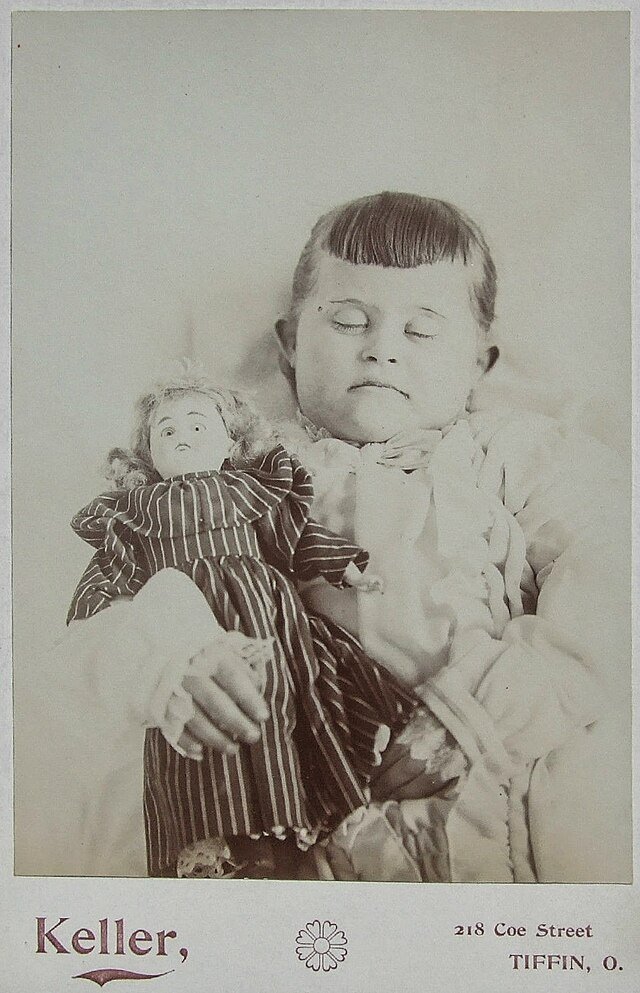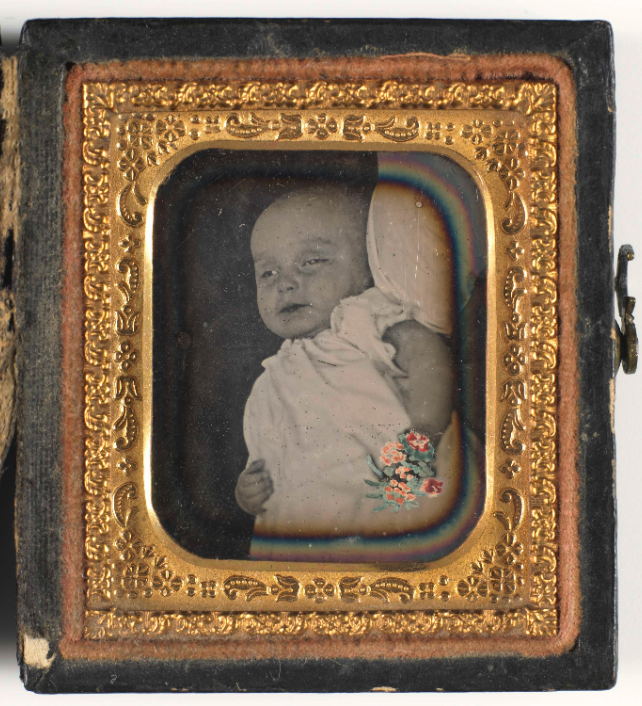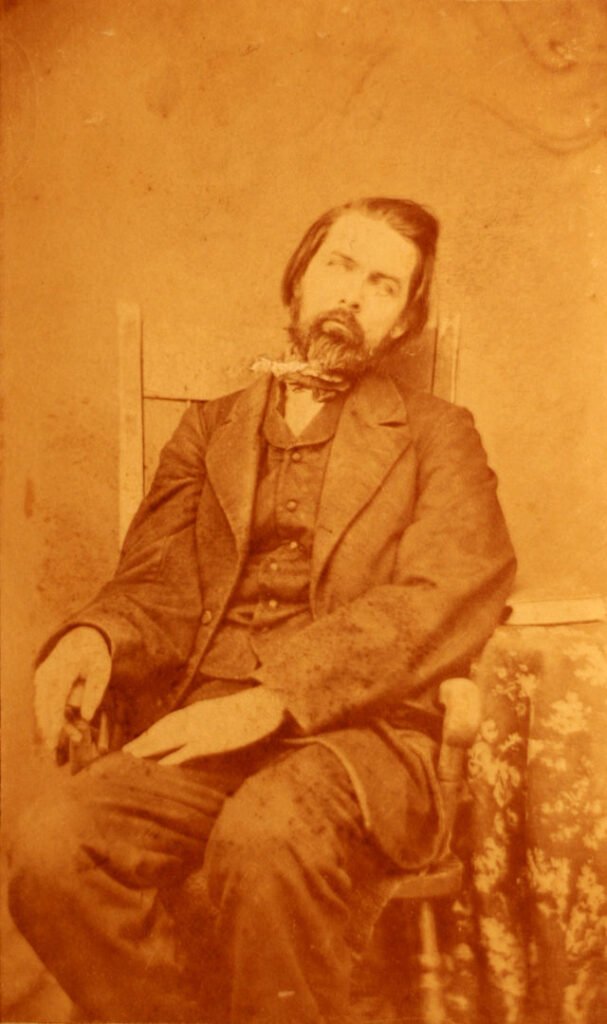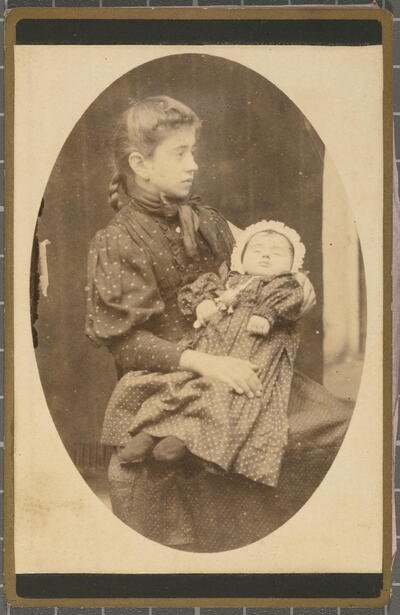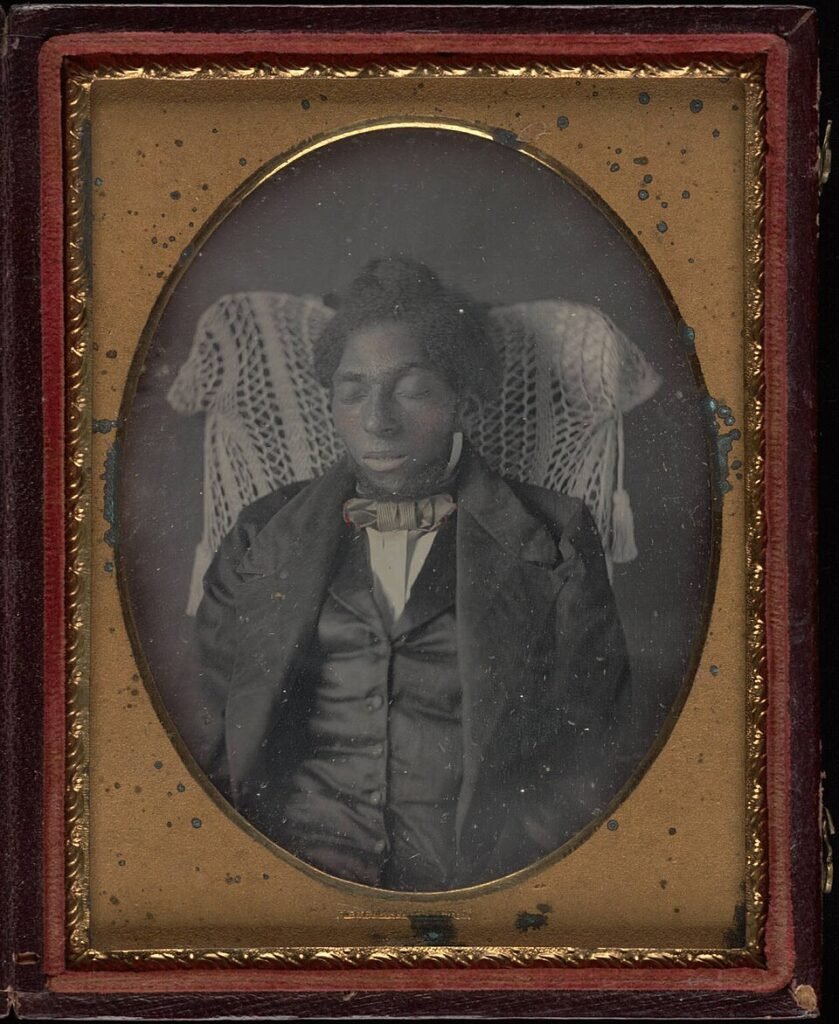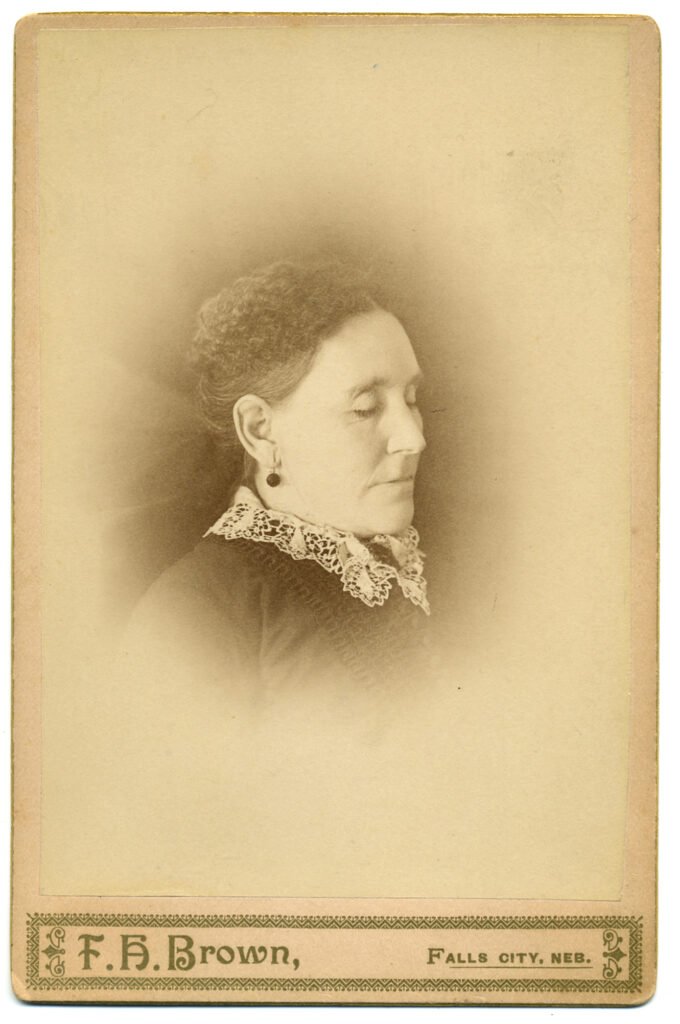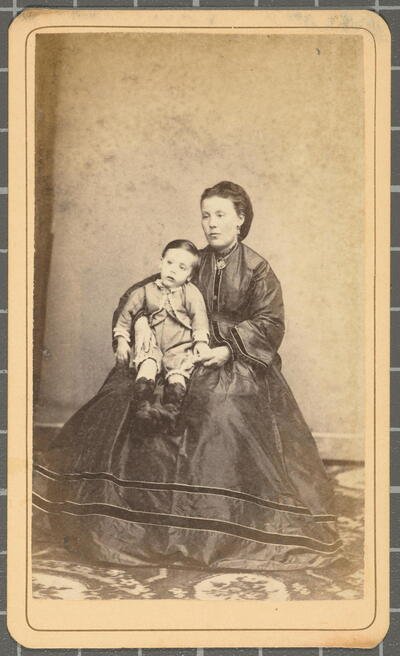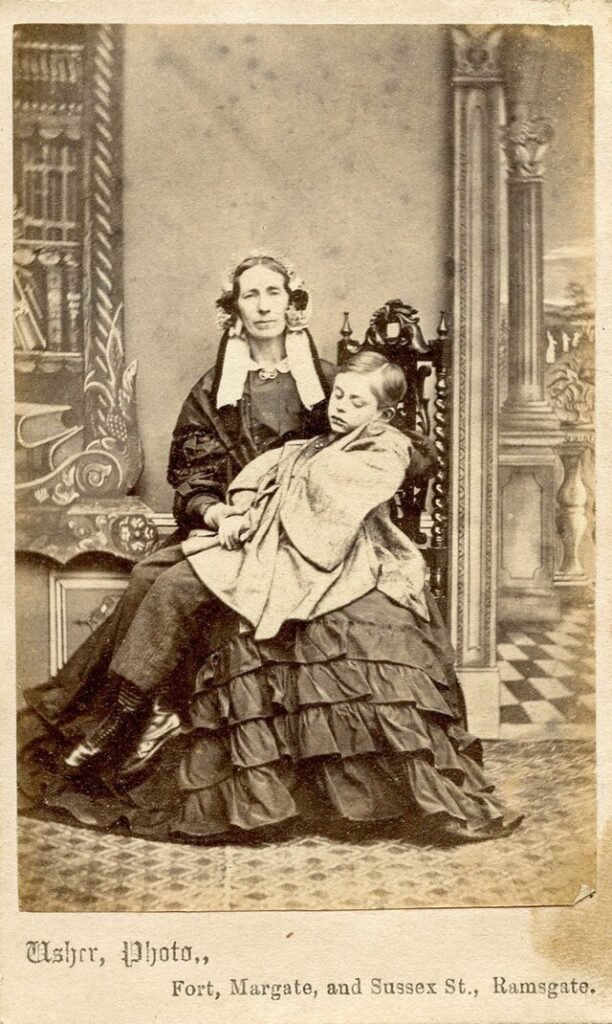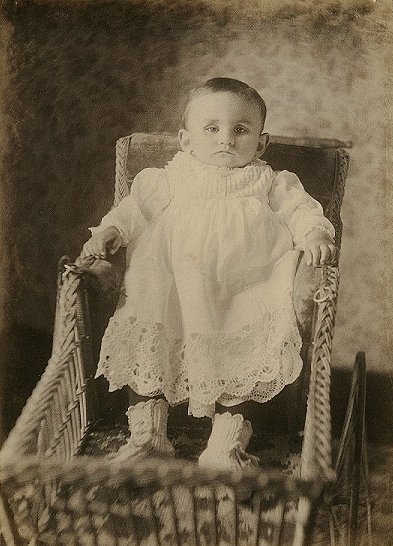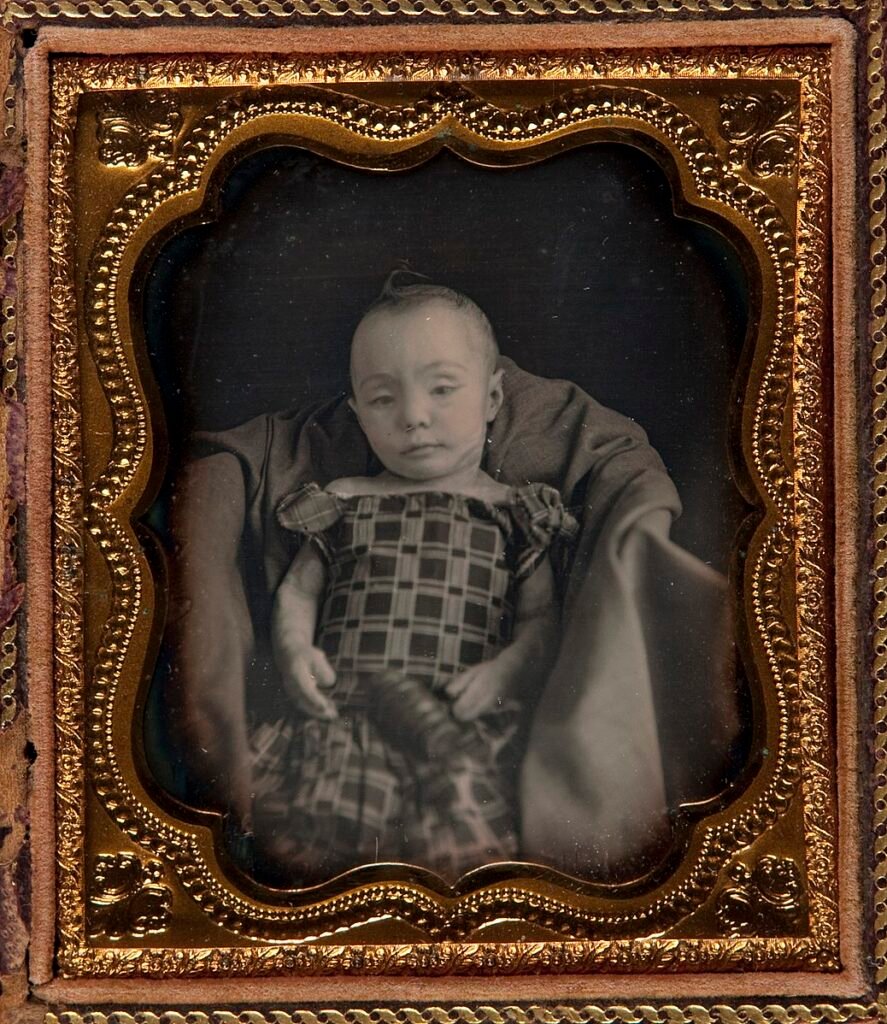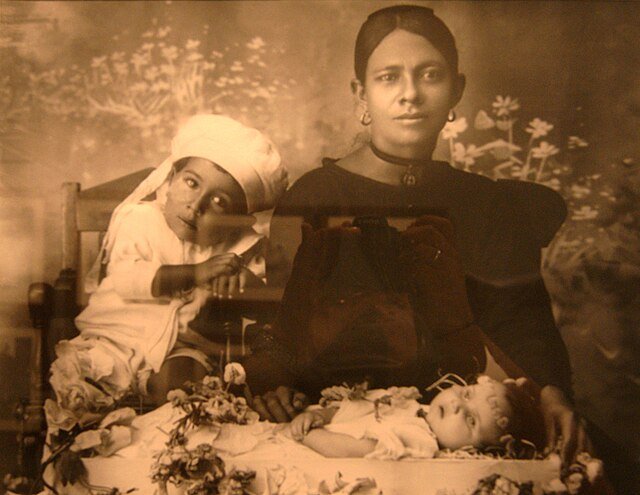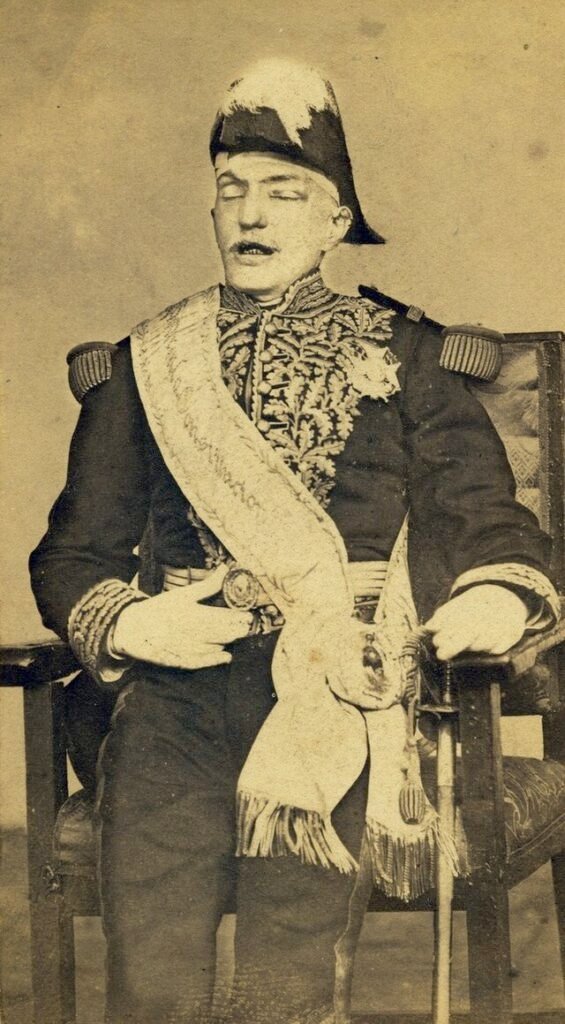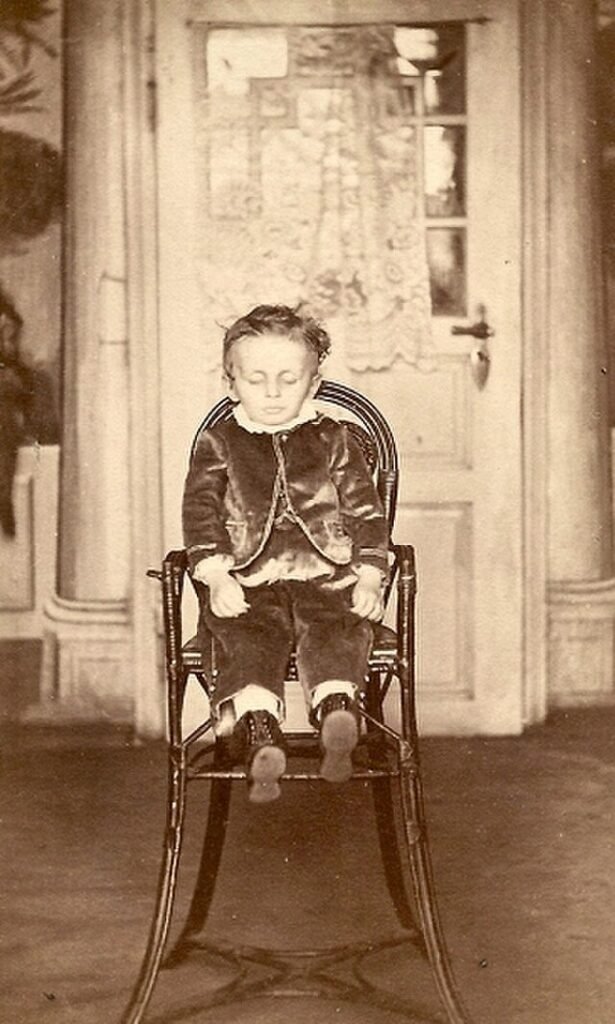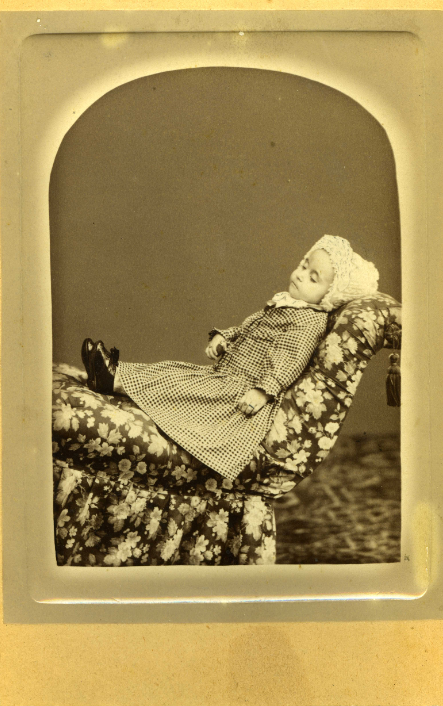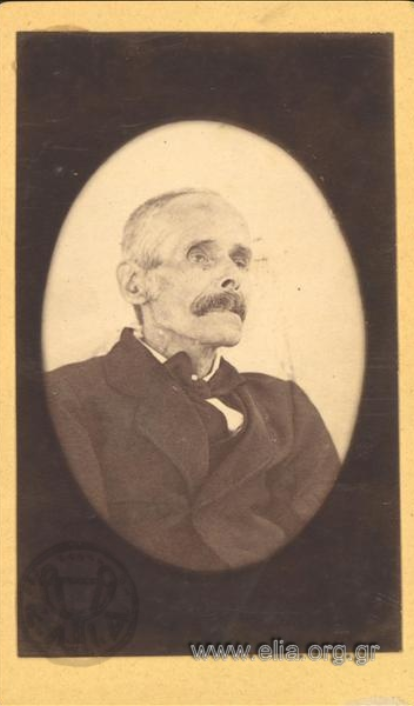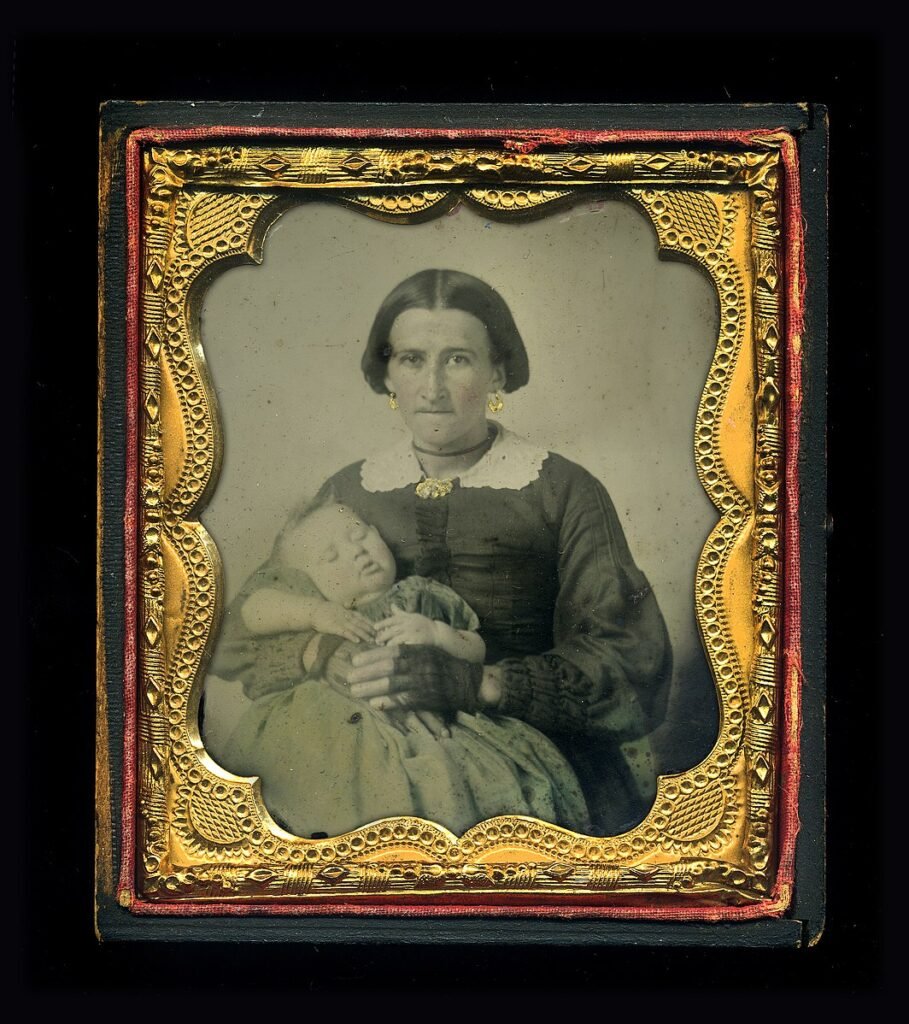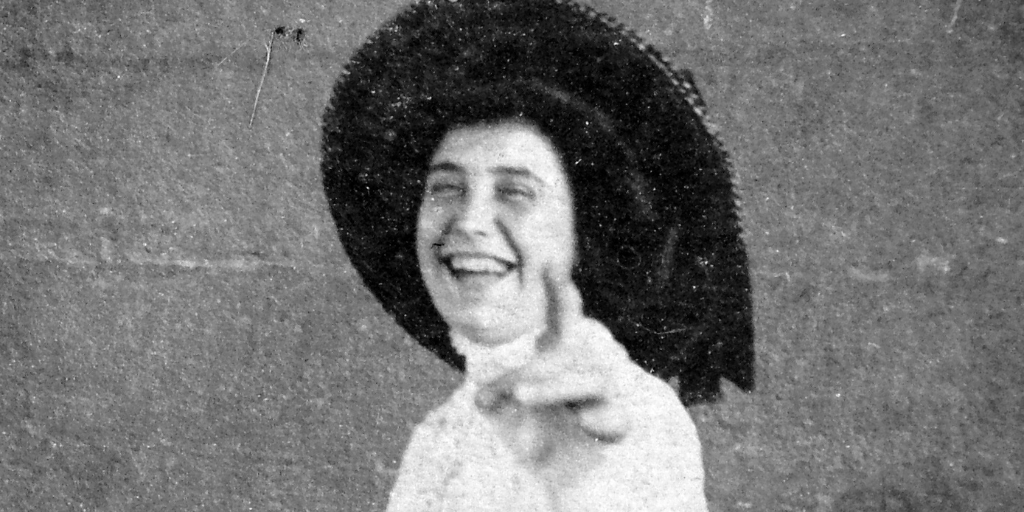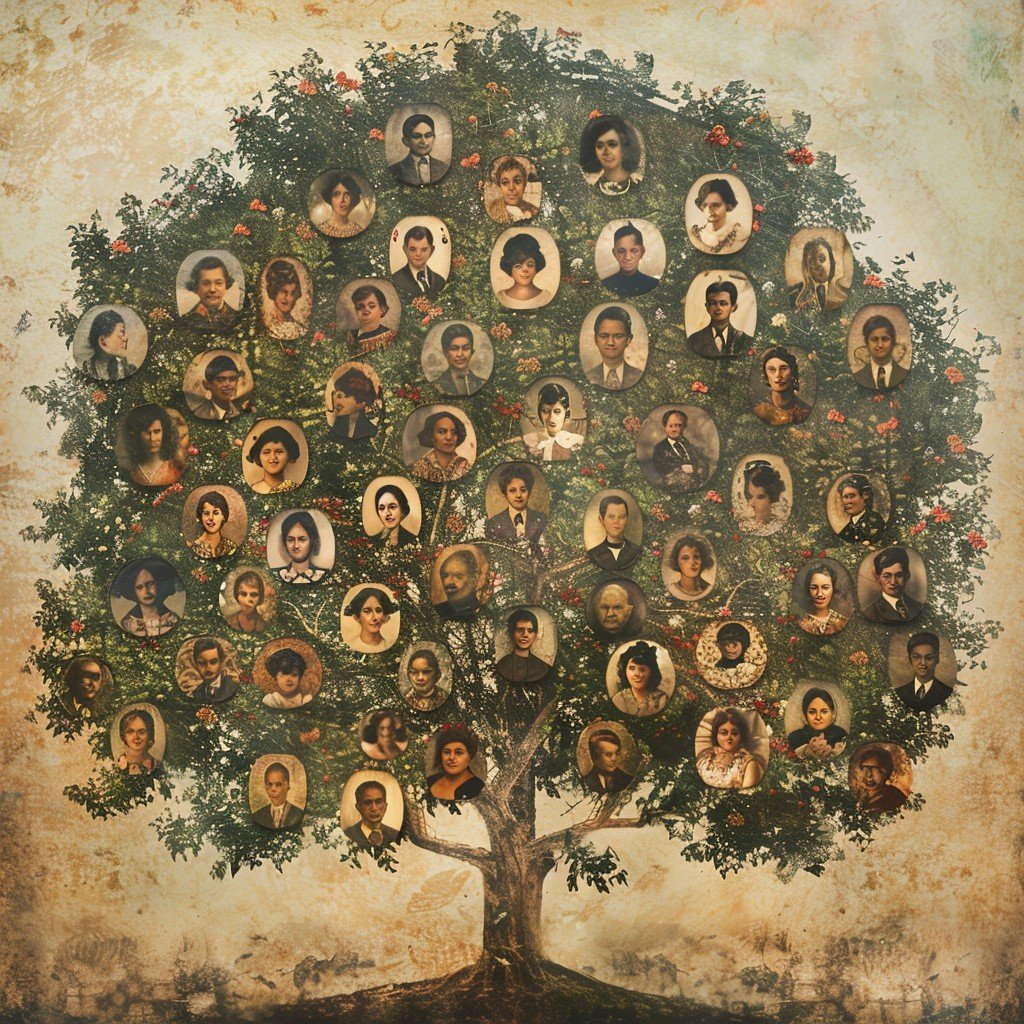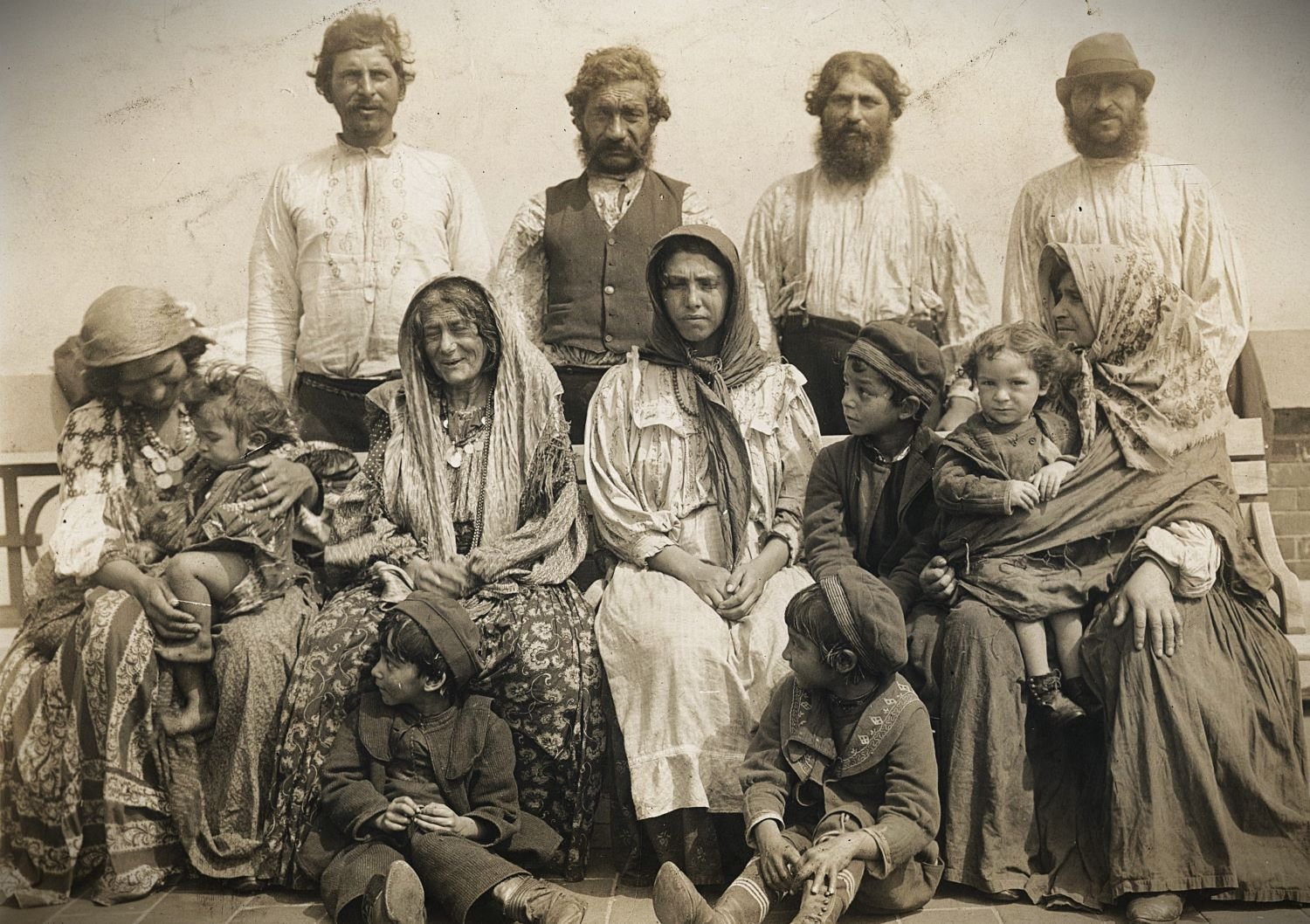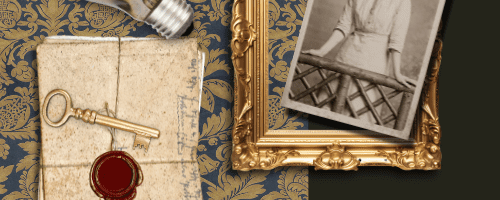In the nineteenth century, death was not a distant event managed by professionals. It was something that happened at home, surrounded by family, witnessed by all ages. It was intimate, immediate, and very visible. Out of this closeness to mortality came one of the most haunting practices of the Victorian era – post-mortem photography.
These photographs, taken after death, were not viewed as eerie or inappropriate at the time. Quite the opposite. They were a final chance to preserve the presence of a loved one, especially in an age when photography itself was still a luxury. For many families, it was the only image they would ever possess of the person they had lost.
The practice gained popularity beginning in the 1840s, shortly after the invention of the daguerreotype. As photographic studios expanded across Europe and America, so did the desire to document loss with grace and permanence. Infants and young children, who tragically died in large numbers from disease and accidents, were often posed with toys or cradled in their mother’s arms. Adults were arranged to appear at peace, sometimes lying in repose, sometimes upright in chairs with open eyes painted directly onto their eyelids.
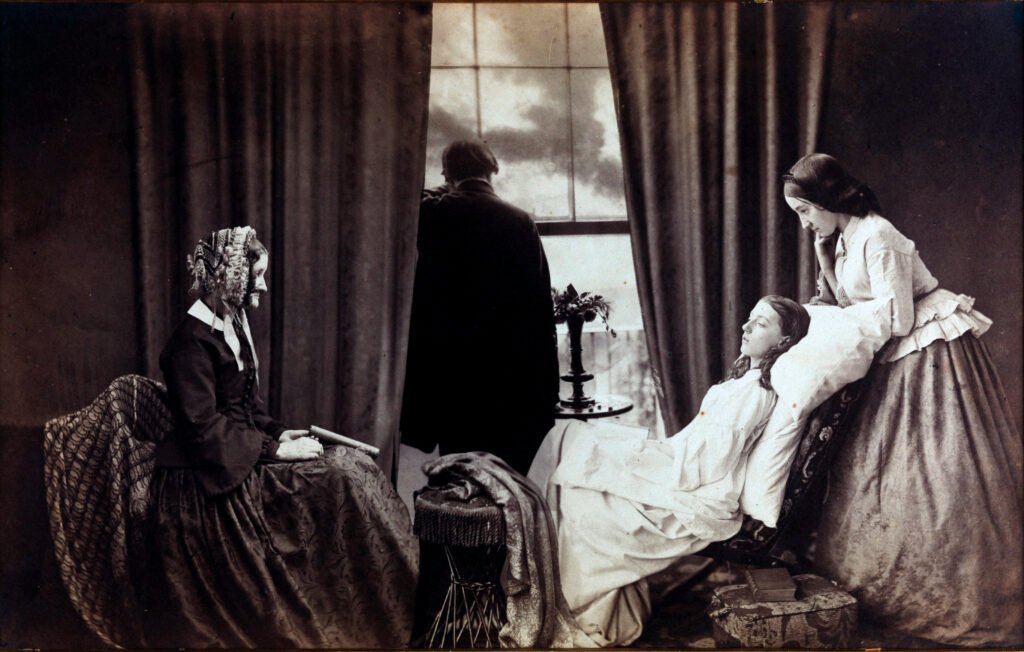
Fading Away (1858)
Henry Peach Robinson (1830–1901) – George Eastman House.
At first glance, some of these images are indistinguishable from ordinary portraits. Others are unmistakably funereal, with hands folded across a chest or surrounded by mourning family dressed in black. What they all share is a quiet intensity – an attempt to resist the finality of death, if only for a moment.
Post-mortem photography began to decline by the early 1900s. With the rise of affordable cameras, families were more likely to have living photographs taken throughout life, reducing the need for memorial images. At the same time, death itself began to retreat from the home, becoming medicalized and less visible in everyday life. Cultural attitudes shifted. The photographs that once brought comfort gradually came to be seen as morbid or even grotesque.
Yet the fascination with these portraits has never quite disappeared. Today, they offer a window into how another era coped with grief, how it made sense of loss, and how it held on to memory. They remind us that death, once so close, was handled with tenderness, ritual, and deep emotional honesty.
This gallery brings together some of the most evocative examples of post-mortem photography from the Victorian period. Each image tells a story – not just of how someone died, but of how they were loved, remembered, and mourned.
